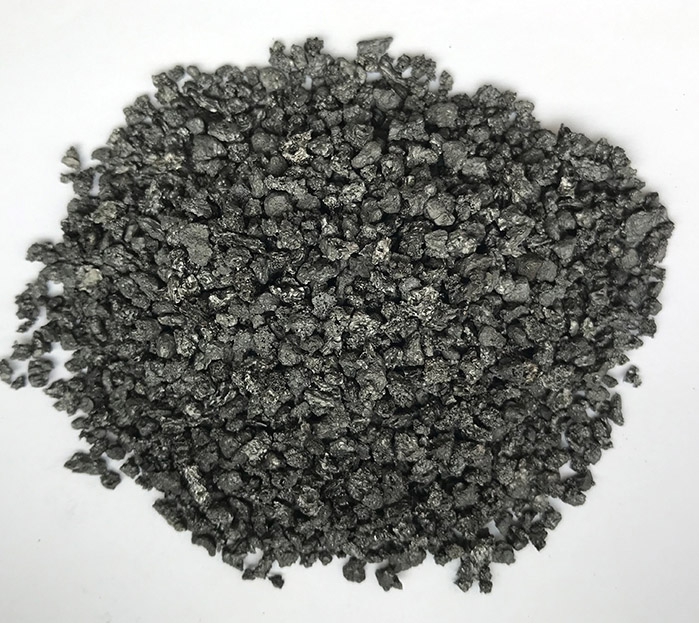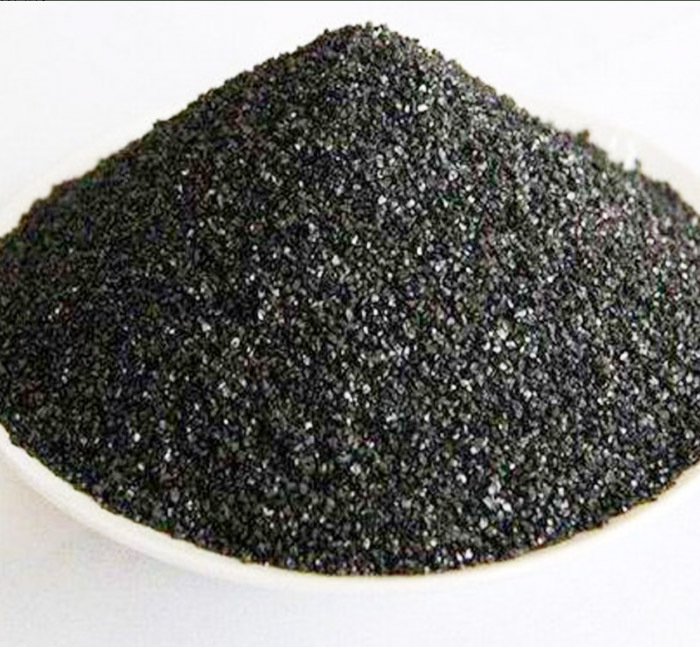1. Basic Overview
Definition: Graphitic petroleum coke refers to the process of calcining raw petroleum coke at high temperatures (usually exceeding 2000), causing some carbon atoms to transform from irregular arrangement to a hexagonal uniform arrangement structure similar to natural graphite.
Characteristics: Compared with ordinary petroleum coke, graphitized petroleum coke has a higher degree of graphitization, lower resistance, and relatively less ash content, which makes it exhibit superior performance in industrial applications.
2. Production process
Raw material source: The main raw material for the production of graphitic petroleum coke is petroleum coke, which is a byproduct of the petroleum refining process.
Production process: To produce graphitic petroleum coke, it is necessary to heat the petroleum coke in a high-temperature electric furnace to above 2300. This process is called graphitization treatment, which aims to transform amorphous disordered layer structured carbon into three-dimensional ordered graphite crystalline structure.
3. Application Fields
Smelting industry: Graphitic petroleum coke is used as a carbon additive to improve the strength, hardness, wear resistance, and corrosion resistance of steel products. It is an indispensable raw material in the steelmaking industry.
Battery industry: Graphitic petroleum coke can be further processed into negative electrode materials for lithium-ion batteries, as well as other graphite products such as graphite emulsion and sealing materials.
4. Market prospects
Demand growth: With the increase in steel production and the improvement of industrial furnace material performance requirements, the market demand for graphitic petroleum coke has been increasing year by year, showing good business prospects.
Technological development: The continuous progress and cost reduction of graphitization technology will further promote the application and expansion of graphitic petroleum coke in various fields.
5. Environmental impact
Energy conservation and emission reduction: The use of graphitic petroleum coke contributes to energy conservation and emission reduction, as it can improve the performance of industrial furnace materials, reduce energy consumption and emissions.



